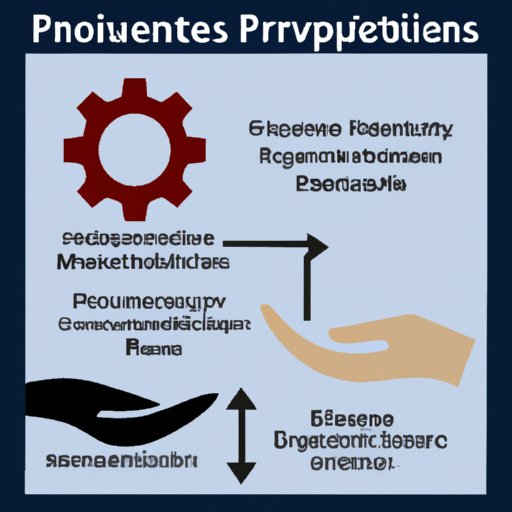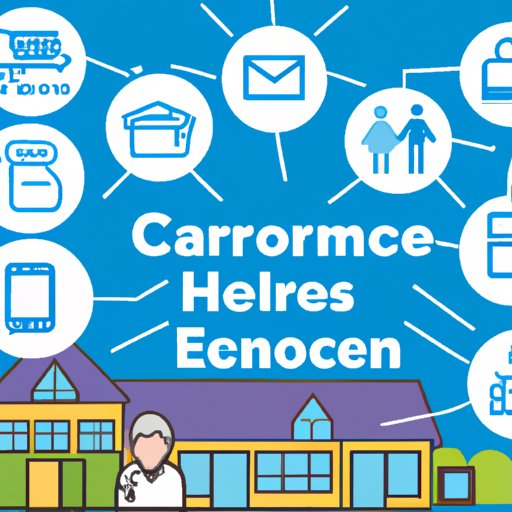Introduction
Care homes provide a safe environment for individuals who are no longer able to live independently in their own home. Care homes are staffed by trained professionals and offer a range of services including medical care, meals, housekeeping, social activities, and other forms of assistance. In recent years, there has been an increasing focus on using digital systems to improve the efficiency and quality of care provided in care homes.
Digital systems are computer-based technologies used to automate processes and manage information. They can be used to streamline administrative tasks, improve communication, reduce the administrative burden, and facilitate access to resources and services. In this article, we will explore how care homes can benefit from implementing digital systems.

Improved Efficiency and Quality of Care
One of the key benefits of digital systems is that they can help to streamline administrative tasks, freeing up time for care workers to focus on providing direct care. Automation of certain tasks can also help to reduce errors and improve accuracy. For example, automated record keeping systems can help to ensure that patient records are accurate and up to date.
Digital systems can also increase access to resources. Care workers can use online tools to quickly search for relevant information and resources, such as best practices for specific conditions or treatments. This can help to ensure that care workers have the most up to date information at their fingertips.
Finally, digital systems can help to improve communication between care workers, residents, and families. Video conferencing and text messaging systems can provide a convenient way to keep in touch, while automated alerts can help to ensure that important information is not overlooked.
Reduced Administrative Burden
Digital systems can also help to reduce the administrative burden of running a care home. Automated record keeping systems can help to ensure that patient records are kept up to date and accurate, while online scheduling systems can help to make it easier to manage staff rotas and assign shifts.
Data management can also be streamlined with digital systems. Electronic filing systems can help to ensure that all documents are stored securely and easily accessed when needed. Digital systems can also help to reduce paperwork, as many tasks can be completed electronically.
Increased Communication with Residents and Families
Digital systems can also help to improve communication with residents and families. Video conferencing systems can provide a convenient way for families to stay in touch with their loved ones, while text messaging systems can help to ensure that important information is not overlooked.
Automated alerts can also be used to remind care workers and family members of upcoming appointments or tasks that need to be completed. This can help to ensure that important information is not missed or forgotten.
Automated Resident Monitoring
Digital systems can also be used to monitor residents in care homes. Wearable devices can be used to track vital signs and alert care workers if anything appears to be wrong. Remote monitoring systems can also be used to check on residents from a distance, allowing care workers to respond quickly if any problems arise.
Proactive care can also be facilitated with digital systems. Automated reminders can be sent to residents to remind them to take medication or attend appointments, and sensors can be used to detect changes in behaviour that may indicate a problem.

Streamlined Record Keeping and Data Management
Digital systems can also help to streamline record keeping and data management in care homes. Automated patient records can help to ensure that all information is accurate and up to date, while seamless data sharing systems can help to ensure that information is shared quickly and securely.
Improved security is another benefit of digital systems. Encryption techniques can be used to protect sensitive information, while automated access control systems can help to ensure that only authorised personnel can view or modify patient records.

Improved Access to Resources and Services
Digital systems can also help to improve access to resources and services. Online payment platforms can be used to make payments quickly and securely, while digital resource libraries can provide easy access to relevant information and resources.
Connected healthcare systems can also help to improve access to services. For example, telehealth systems can be used to provide remote consultations with healthcare professionals, allowing care homes to access specialist advice without having to leave the premises.
Conclusion
Digital systems can provide a range of benefits to care homes, from improved efficiency and quality of care to reduced administrative burden and increased access to resources and services. Implementing digital systems can help to ensure that care homes are equipped to meet the needs of their residents and provide the highest quality of care possible.
(Note: Is this article not meeting your expectations? Do you have knowledge or insights to share? Unlock new opportunities and expand your reach by joining our authors team. Click Registration to join us and share your expertise with our readers.)
